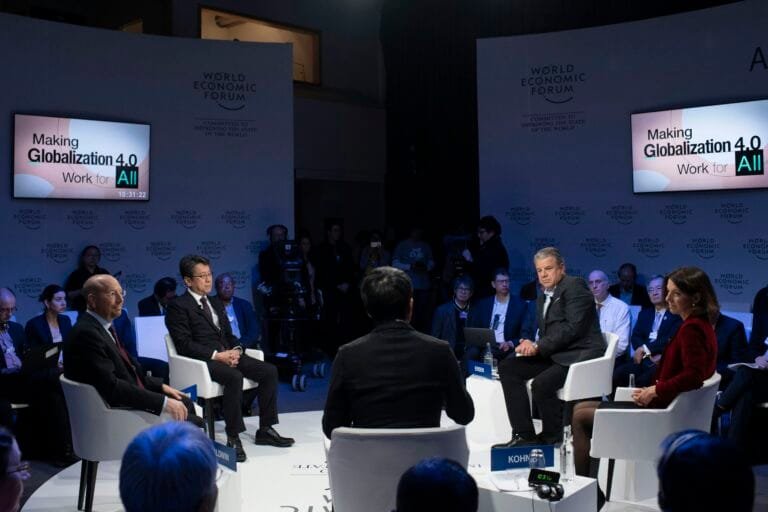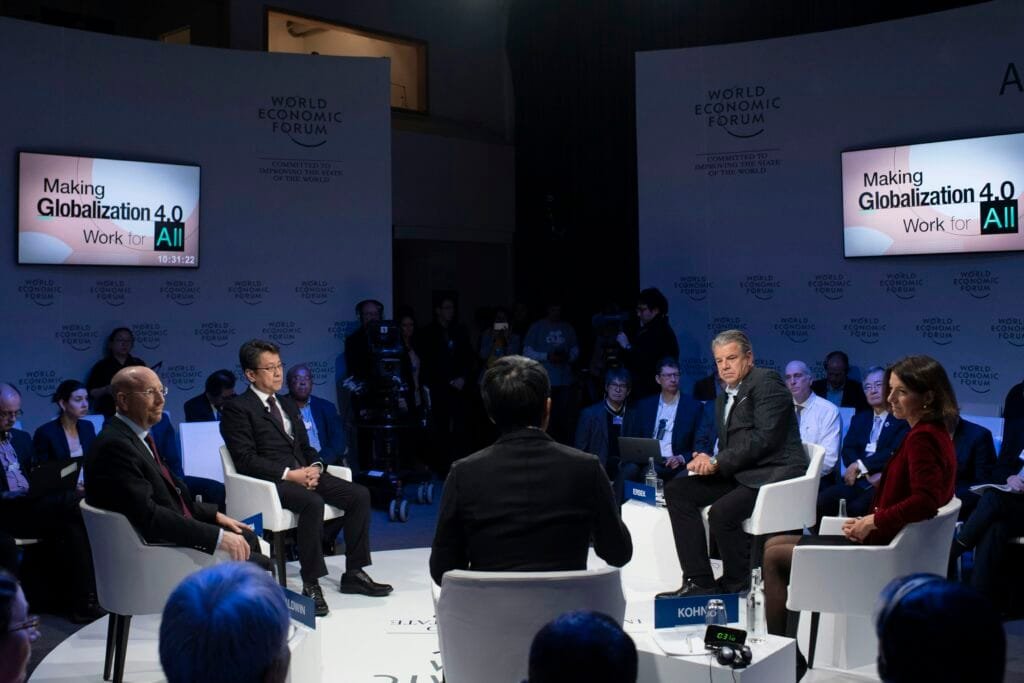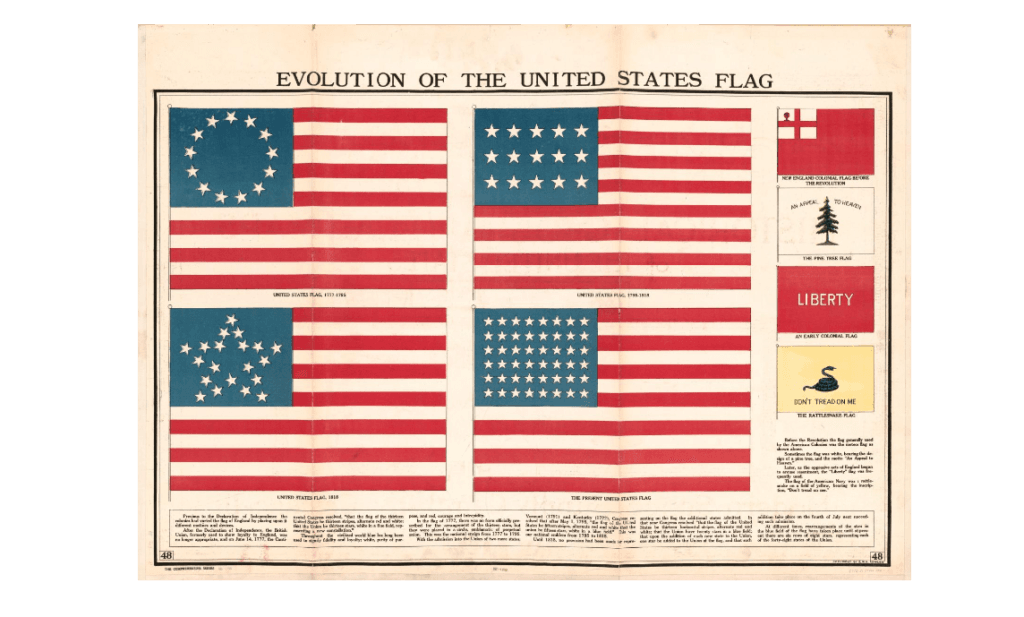Introduction
Hunan, a province located in southern China, has a rich history dating back thousands of years. The region played a significant role in the development of trade and economy in ancient China. In this blog post, we will explore the earliest record of trade and economy in Hunan, focusing on the fundamental changes in exchange rates and the acceptance of goods and coinage.
Fundamental Changes in Exchange Rates
During the ancient period, the exchange rates in Hunan underwent several fundamental changes. One of the earliest records of such changes can be traced back to the Han Dynasty (206 BCE – 220 CE).
During this time, silk was a highly valued commodity in China. The Silk Road, an ancient trade route, played a vital role in the exchange of goods and ideas between the East and the West. As a result, the demand for silk was high, and its value in terms of coinage fluctuated.
As trade routes expanded and foreign goods flooded into China, the exchange rates between different goods and coinage became more complex. The introduction of paper money during the Tang Dynasty (618-907 CE) further complicated the exchange rates, as it had to be accepted and valued alongside traditional coinage.
Acceptance of Goods and Coinage
The acceptance of goods and coinage in Hunan varied throughout history. In the early days, bartering was a common practice, where goods were exchanged directly without the need for coinage. This system worked well for local trade but became challenging when dealing with foreign merchants.
Over time, the use of coinage became more prevalent as a medium of exchange. Coins made of various materials such as bronze, iron, and even precious metals like gold and silver were used in trade transactions. These coins were often inscribed with symbols, characters, and the ruling emperor’s name, signifying their legitimacy.
However, the acceptance of goods as a form of payment also played a significant role in trade and economy in Hunan. For example, during the Song Dynasty (960-1279 CE), tea leaves were commonly used as a form of currency. Tea bricks, compressed blocks of tea leaves, were used as a medium of exchange, especially in areas where coinage was scarce.
Conclusion
The earliest record of trade and economy in Hunan highlights the fundamental changes in exchange rates and the acceptance of goods and coinage. From the fluctuating value of silk in ancient times to the introduction of paper money and the use of tea leaves as currency, Hunan’s trade and economy have evolved over the centuries.
Today, Hunan continues to thrive as a vibrant economic hub, with modern industries and international trade contributing to its growth. However, it is essential to remember and appreciate the historical roots of trade and economy in this fascinating province.













